Conservationists are celebrating a big step forward for jaguar conservation in South America, along with the creation of the first annual International Jaguar Day.
Jaguars once roamed from the southern tip of South America to close to the border between Mexico and the U.S., but over the years they’ve lost half their range and continue to face a number of threats ranging from poaching and conflicts with us to development and habitat loss and fragmentation.
They’re now listed as Near Threatened on the IUCN Red List of Threatened Species, have already disappeared from El Salvador and Uruguay, and are believed to be on the decline where they do still exist.

Now, however, the course of their future could change entirely with the Jaguar 2030 Conservation Roadmap for the Americas, which was just launched by a coalition of conservation organizations and jaguar range states.
“Today represents a true landmark for the future of the jaguar. The Jaguar 2030 Roadmap breathes new life into the world of jaguar conservation, providing a vision and real solutions for the world to protect this culturally iconic and ecologically essential species, while creating tremendous economic opportunities and a sustainable future for all. Particularly as new and pervasive threats emerge for the species, this first-of-its-kind global commitment shines a much-needed conservation spotlight on the often overlooked jaguar,” said Panthera Conservation Science Executive Director, Dr. Howard Quigley.
According to a joint statement, the goal of the roadmap is to strengthen the Jaguar Corridor, which runs from Mexico to Argentina, by creating 30 priority conservation areas for them by 2030. It will also improve international cooperation and efforts to reduce conflicts, connecting and protecting jaguar habitats, and creating sustainable development opportunities that support coexistence with jaguars.
“The jaguar is an icon for Latin America and a clear reminder of our indigenous heritage, we need to strive to mobilize people to stand up and defend the home we share. We need to go beyond the ‘business as usual’ efforts and engage new partners such as the private and financial sectors. We cannot continue developing at the expense of biodiversity– we need to find a balance where both people and nature can thrive,” said María José Villanueva, World Wildlife Fund Mexico’s Conservation Director.
In addition to the roadmap, November 29 will be the first annual International Jaguar Day, which was created in an effort to raise awareness about these iconic cats, the threats they face and the valuable role they play as apex predators in their native habitat.
Hopefully growing partnerships and increased conservation efforts will secure a future where jaguars remain an integral part of the landscape.
This article was first published by Care2.com on 29 Nov 2018.
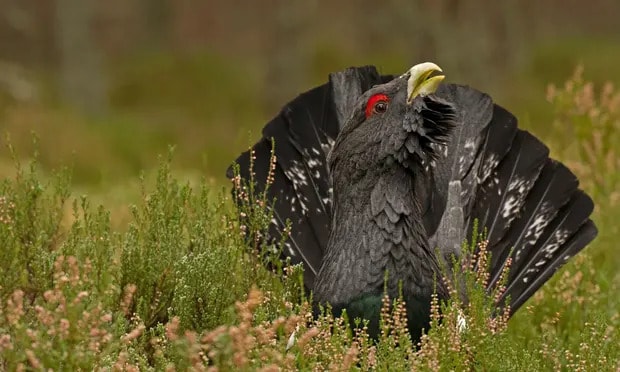
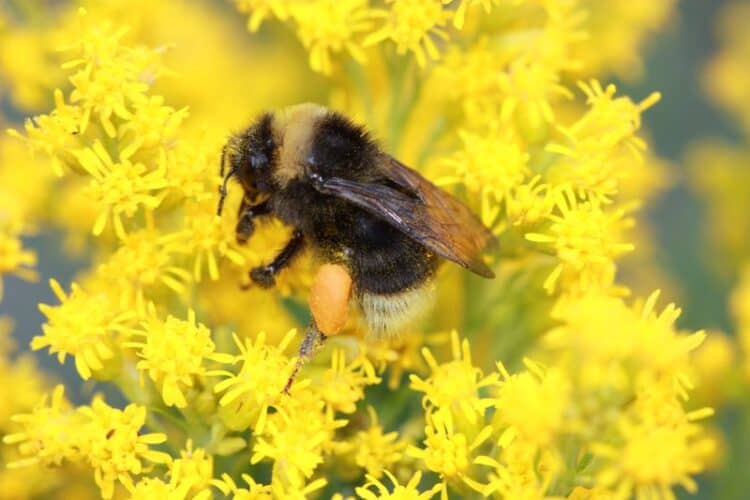
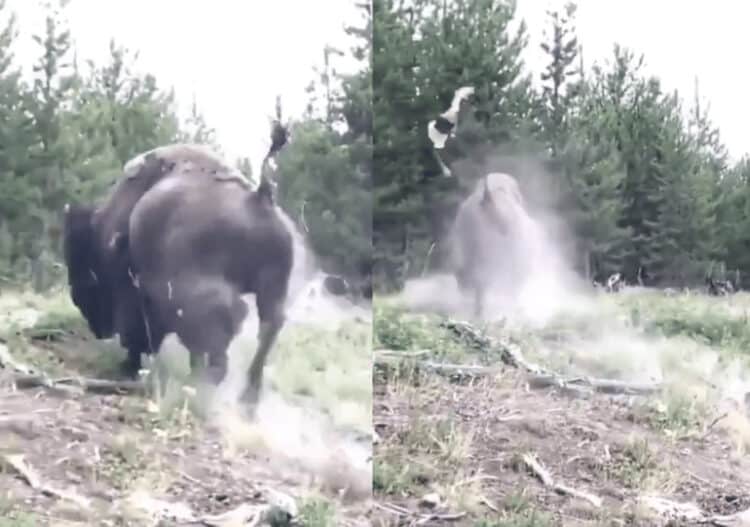
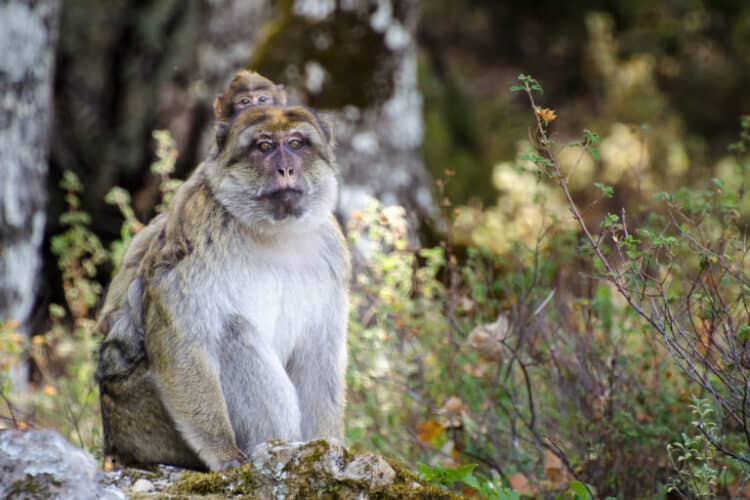
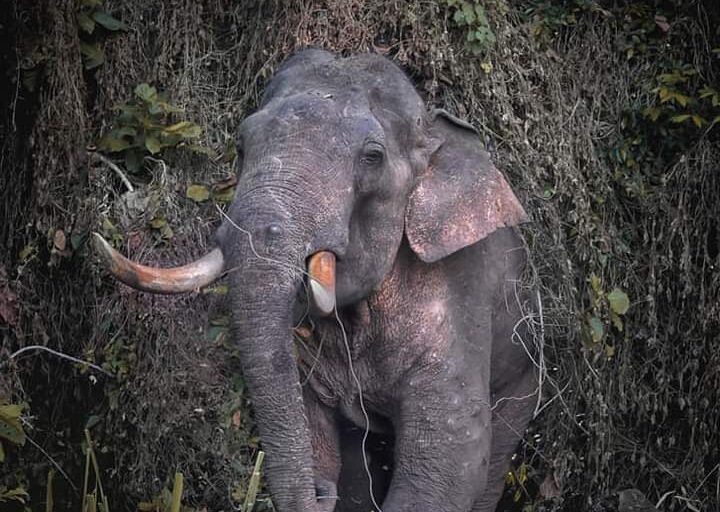
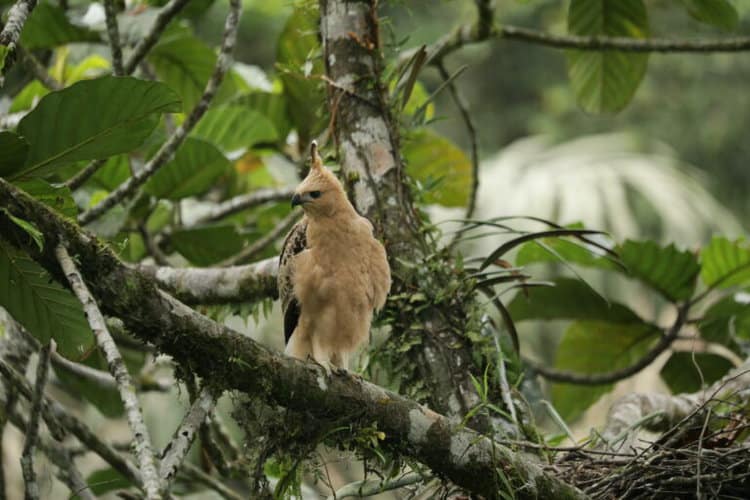
Leave a Reply